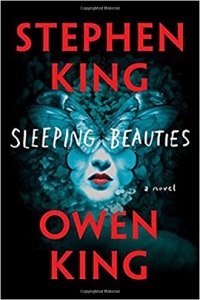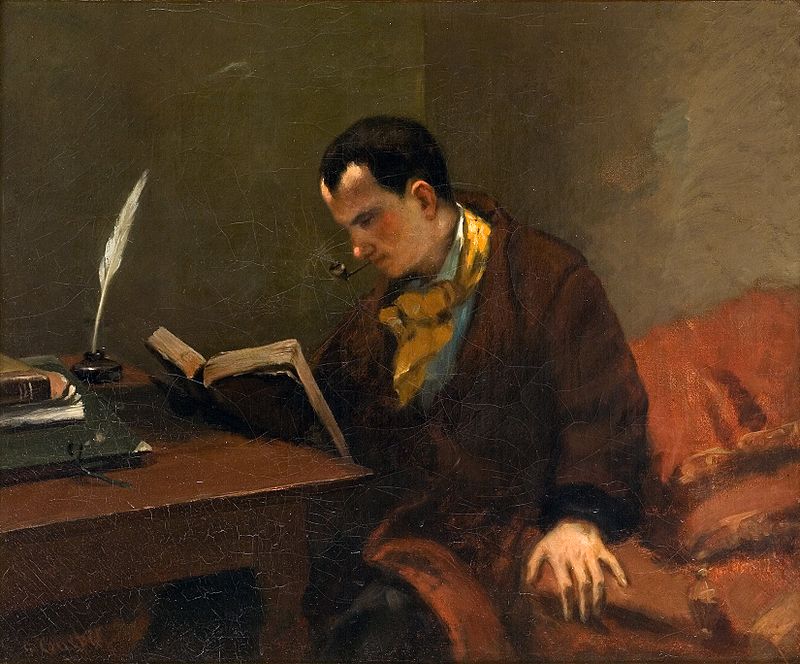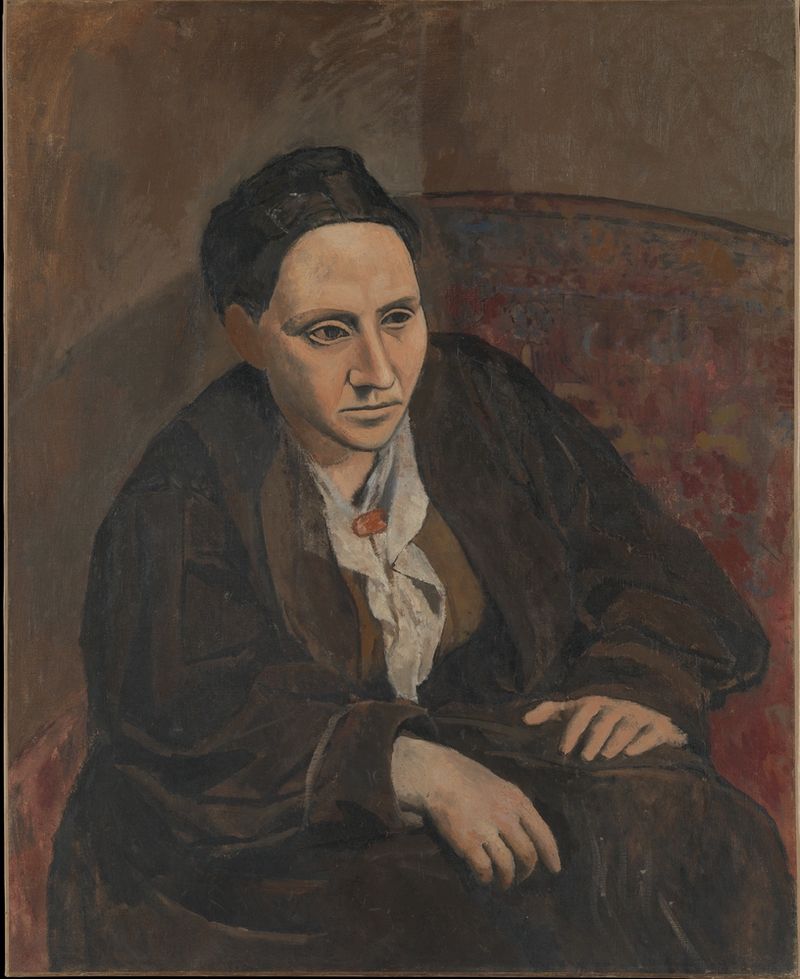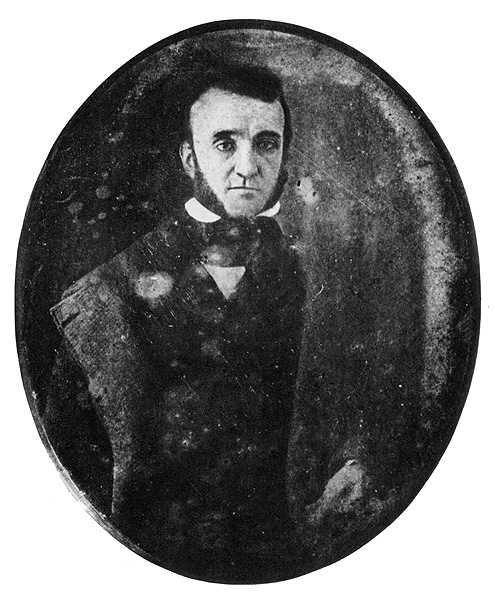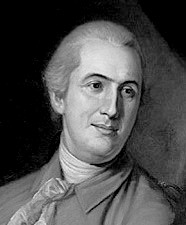For nearly thirteen years, I have been invested in the Major Crimes squad of the Los Angeles Police Department--the fictional one, as depicted in two series on TNT: The Closer, which ran from 2005 - 2012, and its spin-off, Major Crimes, which began in 2012 and which will air its final episode tonight. I have loved these two shows because of the writing and the acting, because the audience was allowed to become invested in the characters as well as the cases, and because the people behind the show--until recently--were able to give the audience a good balance of episodes, some serious, other lighthearted. Put simply, these shows made me happy.
But with the final episode just hours away from being aired, I must confess I'm not happy anymore. I'm not happy that the powers behind the cable network apparently put pressure in the last year on the people behind Major Crimes to make the show darker and edgier and to come up with story lines that wouldn't be resolved in a single episode but instead dragged on and on and on.
While I'm okay with overarching character issues that continue throughout a series--seeing Sharon and Andy, for instance, grow from friends to husband and wife--and while I'm okay with larger plot issues that reoccur from time to time (such as the ongoing case involving serial killer Philip Stroh), I didn't like that Major Crimes changed its format recently from having a murder that was solved each week to a murder case that would take several weeks to be solved. Those multiple-episode cases became too hard to follow, and they were all so so dark and serious.
I'm also unhappy because Major Crimes killed off the star of the show, Sharon Raydor, a few episodes ago. It was shocking and heartbreaking and completely unnecessary. When a canceled show goes off the air, I like to think that the fictional characters are still out there, doing their jobs, living their lives. I might not get to check in with them anymore, but in my mind, they are riding off happily into the sunset. But when the main character of a TV show is killed off, there is no happily ever after. There is no joy any longer.
I read a Variety article a few weeks ago in which the amazing Mary McDonnell, who played Major Crimes's star, Sharon Raydor, talked about the decision by the show's executive producer and creator, James Duff, to kill off Sharon. The death wasn't done for shock value or as an F.U. to the network. It appears the decision was made thoughtfully and with the audience in mind. Duff wanted to allow the audience to grieve, and he thought this would be a good-send off for the character. Maybe there are viewers out there who enjoyed this closure. But for me and for every person I've talked to about this, it was a kick in the gut--a major miscalculation. I didn't want grief forced on me. I wanted to believe Sharon and Andy would live happily ever after. I wanted Sharon to continue leading her squad. If I had to put up with the show being canceled, I at least should have been given the ability to believe that everything would continue to be well with all my favorite fictional police detectives. That would have left me satisfied.
All of this agita leads to an interesting question. When a series is ending, be it a TV show or a mystery novel series or any other type of series, how much does the author/showrunner owe to the readers/audience? After nearly thirteen years as a viewer of these two TV shows, I feel ownership of the characters and want them to have a happy ending, as I expect most loyal viewers do. But if I put on my author hat, I realize that my reaction is quite presumptuous. I might be a loyal viewer, but these are not my characters, not my story lines, not my shows. I don't own the copyright. I didn't dream up these dramas. I didn't bring the characters to life. As an author, I own the stories I write, and while I keep my readers in mind as I write, I choose the twists and the endings, and I would be aggravated if readers started telling me that I should craft my stories differently. My stories are mine. So from this perspective, I can understand Duff's desire to end the show on his terms. I just wish his terms weren't so different from mine.
 Major Crimes certainly isn't the only series (TV or books) to end on a note that readers didn't like. (And I should add that while I'm unhappy with Duff's choice to kill off Sharon, the episodes since then have been wonderful, and I expect the final episode tonight too will be good.) The final episodes of other shows and books have not been so well received either. The last episode of Seinfeld, for instance, was terrible. Viewers wanted to imagine Jerry, George, Elaine, and Kramer living out their lives in New York, going about their days where nothing happens in an amusing manner. No one wanted to imagine those characters in prison. And when Arthur Conan Doyle killed off Sherlock Holmes, readers were so unhappy, thousands apparently canceled their subscriptions to The Strand magazine, in which the offending story appeared. I read that Conan Doyle wanted to send Holmes off with a bang. But what about what the readers wanted?
Major Crimes certainly isn't the only series (TV or books) to end on a note that readers didn't like. (And I should add that while I'm unhappy with Duff's choice to kill off Sharon, the episodes since then have been wonderful, and I expect the final episode tonight too will be good.) The final episodes of other shows and books have not been so well received either. The last episode of Seinfeld, for instance, was terrible. Viewers wanted to imagine Jerry, George, Elaine, and Kramer living out their lives in New York, going about their days where nothing happens in an amusing manner. No one wanted to imagine those characters in prison. And when Arthur Conan Doyle killed off Sherlock Holmes, readers were so unhappy, thousands apparently canceled their subscriptions to The Strand magazine, in which the offending story appeared. I read that Conan Doyle wanted to send Holmes off with a bang. But what about what the readers wanted?It's a hard line for writers to walk, wanting to keep strong to your artistic vision as you wind up a series, yet give your readers/viewers the payoff they want. It must be especially hard when the decisions are made with care, yet they aren't received as expected, at least by some.
So it will be with a heavy heart that I watch the last episode of Major Crimes tonight. I expect that the serial killer Stroh will finally be caught. I expect that justice will prevail. I expect that no other characters in the squad will die. And I expect that no matter what happens in the episode, I will be in mourning as the final credits roll, because these are characters whom I've grown to love, and I'll miss them. And that is something Duff and McDonnell and everyone involved in Major Crimes and The Closer before it can be proud of. It's no small thing to create a world that brings others joy, even if some readers/viewers don't love every aspect of the way the story comes to an end.







